From his earliest cinematic memories in a small town in Karnataka, South India, to his life-changing experiences at the Film and Television Institute of India (FTII), Pune, cinematographer Vikas Urs has cultivated a deeply personal yet universally resonant approach towards his work. With a keen eye for detail and an unwavering commitment to emotional depth, he has worked on critically acclaimed films like Pedro (2021), Shivamma (2022), Alaav (2024), Body (2024), Sabar Bonda (2025), and Vaghachipani (2025), each time elevating the storytelling through his evocative cinematography. In this conversation, he reflects on his journey and the delicate balance between art and technique that guides his projects.
What are your earliest memories of cinema? Do you recall how and when you became fascinated by the medium?
My earliest memory is going to the cinema hall as a four-year-old with my parents, and the experience of being in that space, watching something on a large screen, was quite fascinating. At the same time, television had also just started appearing in some Indian households, including ours. Though access was limited, it was another medium that was opening up the world to families, alongside cinema.
What made you decide to enter the world of cinema, and why did you choose cinematography?
My parents never restricted my brother and me from watching films, which in turn nurtured my curiosity about the medium. While we moved towns due to my father’s job, we eventually settled in Mysore, where, during my graduation, I discovered a film society. I attended one of their weekly screenings, where the film shown was Ingmar Bergman’s Wild Strawberries (1957). Until then, I had mostly seen Hollywood westerns, action films, lots of Hindi and regional language films, both mainstream and non-mainstream, and some popular European movies, but this was my first real exposure to arthouse cinema. Watching it was transformative and opened me to consider cinema as a serious aesthetic medium.
As part of the film society, I started organizing screenings and discussions, deepening my understanding of film. The transition from VHS to DVDs further enhanced my viewing experience, and I realized it wasn’t just stories or performances that captivated me – it was the power of images. This growing awareness led me to explore cinematography.

What motivated you to apply to the Film and Television Institute of India (FTII), Pune?
I first learned about FTII and the National School of Drama (NSD) when I studied in an alternative school. Though my time there was brief (I was there for two years), it profoundly shaped my understanding of different aspects of art and culture. I was fortunate I had inspiring teachers, who introduced me to the idea that Indian performing and cinematic arts could be nurtured through significant state support. That’s when I first heard about these institutions. At that stage, I didn’t have a deep desire for the arts, nor did I consider them as a career option. However, the idea of the Film Institute lingered at the back of my mind as an intriguing space.
Later, during my graduation and involvement in the film society, I met a senior cinematographer from FTII who was also helping our film society grow. He had experience running a similar society in Bangalore. Interacting with him, combined with my growing interest in cinema and the realization that a formal space existed to study it, deepened my curiosity. I also learned that FTII required applicants to be graduates, so I knew I had to complete my degree first. Over time, as my passion for cinema matured, I reached a point where I felt ready to apply to FTII.
How did your time at FTII impact your life and career? Were there any specific films or experiences at the Institute that left a lasting impression on you?
The Film Institute shaped me in profound ways. It felt like a test tube where I was placed amid constant reactions – new ideas, critiques, and experiments. The time I spent there was crucial, as it coincided with major shifts in film technology, film culture, and the growing influence of the internet. Politically, too, it was a transformative period for cinema, and all these factors played a vital role in helping me discover more about myself.
This journey was greatly enriched by the mentors and teachers I met at FTII. They opened up multiple dimensions of art and cinema, encouraging us to push our limits, embrace mistakes, and test our creative capacities. Without that space, such growth wouldn’t have been possible.
At the same time, my experience at FTII was complex. It was a period of political upheaval, and I found myself at the center of it. This not only shaped my engagement with cinema but also deepened my understanding of our contemporary times.
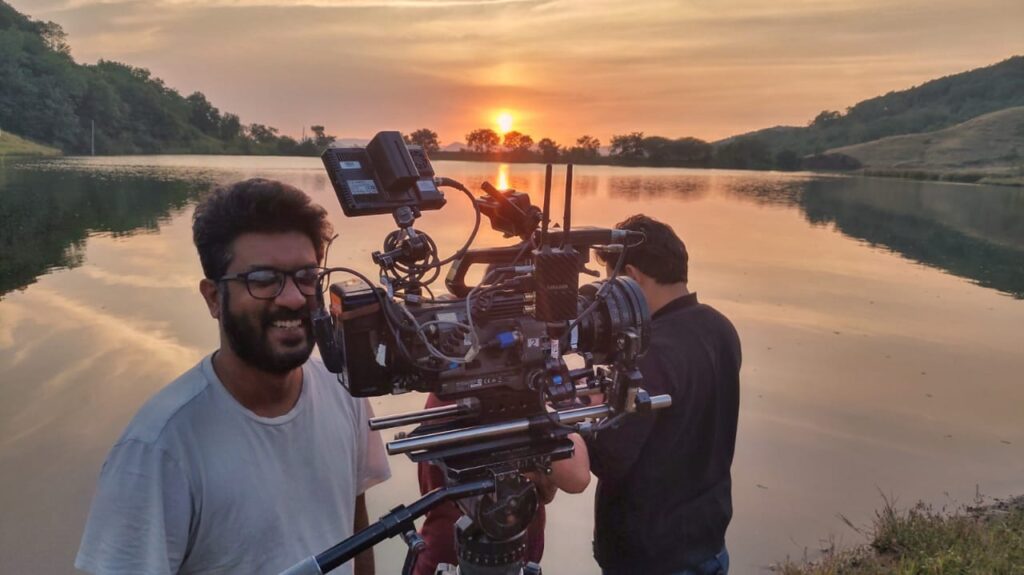
What draws you to a project as a cinematographer?
To be honest, I still don’t see myself as a professional. I view this as a vocation – something I do because I genuinely enjoy it. Approaching it this way gives me the freedom to choose my projects, a choice I’ve been lucky to exercise so far. What guides these choices is, first and foremost, the sincerity behind a film. Collaboration, for me, is about engaging with films that feel authentic rather than simply showcasing filmmaking skills. Of course, the word ‘authentic’ is largely overused in today’s time. Working with directors and other crew members to creatively expand on their ideas drives me to discover such collaborations. I intend to keep probing, questioning, and working on films that prioritize sincerity over surface-level craftsmanship.
What kind of relationship do you seek with your director, crew, and your department while working on a film?
I spend a lot of time with the director because, for me, the script or story is merely a reason to make a film – it is not the film itself. What truly excites me is the director’s inner world and his or her intentions behind the film. This understanding takes time to emerge, which is why I focus on building a deep interpersonal connection with the filmmaker.
When it comes to the crew, I strive to build a team that is genuinely connected – not just professionals working on a project, but individuals who believe in and contribute meaningfully to the film. For me, that is far more exciting than assembling a technically perfect team. Often, extreme professionalism can detach people from the artistic spirit of filmmaking, where experimentation is key. I am more interested in working with collaborators who are willing to take that creative risk.
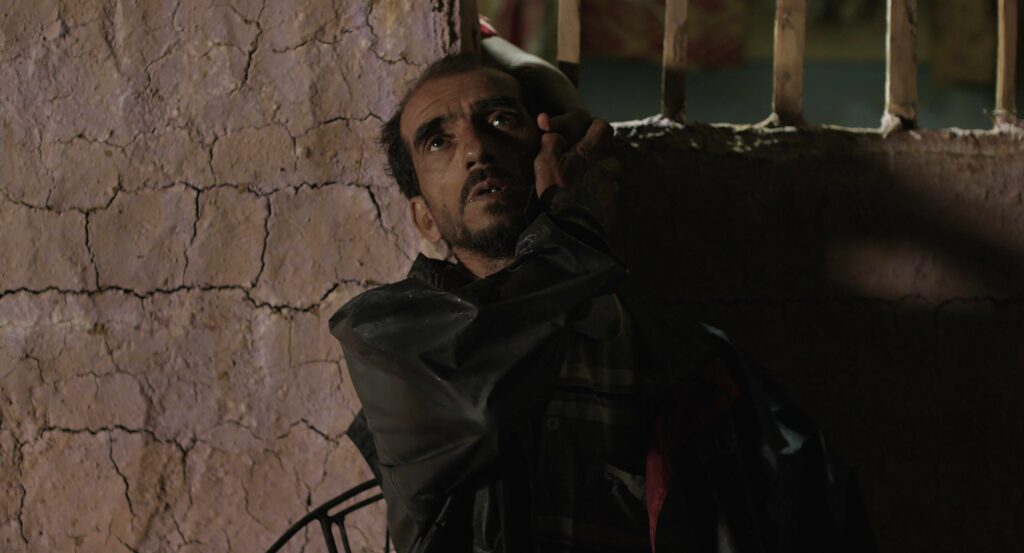
Pedro’s screenplay is only 25 pages long, yet the film has a running time of 100 minutes. How did you approach designing the visual flow of the film?
Pedro was the first feature film for both Natesh and me. I was the first to hear his script, and what struck me was his ability to narrate visually; he described the entire film as a sequence of images even before writing it down. Structuring those images into scenes became the foundation of the script.
Since I was familiar with the region in Karnataka where Natesh grew up, I connected with the setting, but it was his attention to detail that made it vivid. The characters and environment were inseparable, shaping the film’s organic rhythm and atmosphere. Visually, we prioritized a careful distance over close-ups, framing characters within their surroundings rather than isolating them. Though Natesh is an accomplished short story writer, his focus on imagery over structured dialogue gave Pedro its distinct cinematic identity.
You have also shot Natesh’s second feature film, Vaghachipani, which you chose to shoot on 16mm film. What inspired this decision, and how did the tactile nature of the film stock shape the movie’s aesthetic?
Natesh and I initially wanted to shoot Pedro on film, but due to budget constraints and the challenges of shooting in the monsoons, we decided to consider it on our next project. Natesh was eager to explore film, and my training in both film and digital gave us the confidence to pursue it in the future.
His storytelling naturally suited a filmic texture – not just in grain or color but in atmosphere and unpredictability. Though shooting on film posed technical challenges, it also made the team more focused and intentional. Unlike digital, where you can shoot endlessly, film demands precision. Despite some rough edges, we completed the film on time and within budget, making it an extremely rewarding experience.
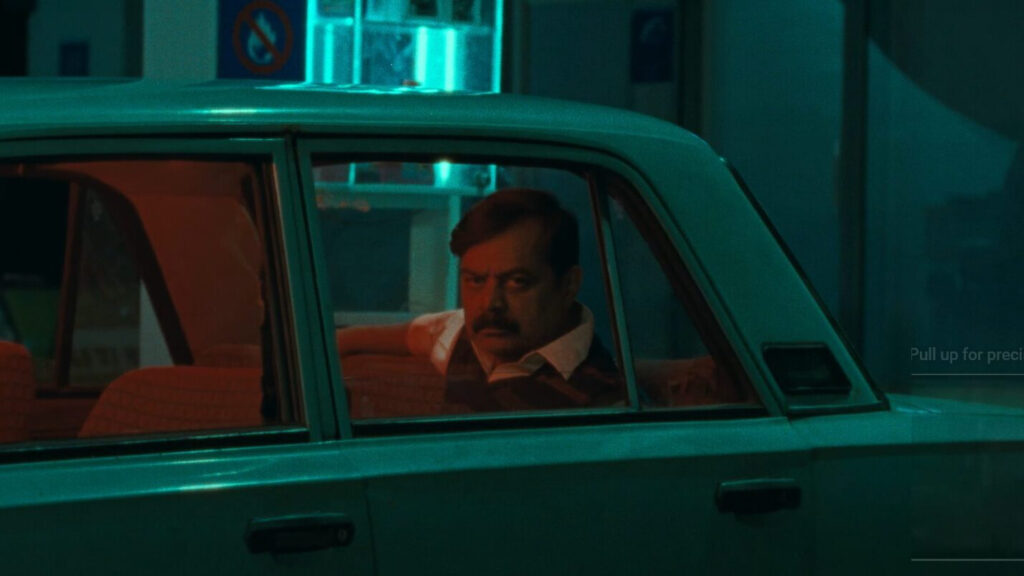
What were some of the most challenging obstacles you faced during the production of Vaghachipani?
To start with, we had to get so many people and entities on board to figure out the pipeline for shooting on film. Kodak, India, provided the film stock. Film Lab, India did the film processing. I had worked with Film Lab during my student days at FTII and we had to work on the quality control of the processing for best results. Today, we can’t shoot on film and project it on film because film projection in India is no longer accessible. We had to do digital scans of the 16mm film negative and do digital color timing at Prasad Labs, Chennai and Prasad Labs, Mumbai, respectively.
The other aspect which had to be worked out was selecting the camera and lenses to shoot with. Aamir Khan Productions provided us with the same, and that was of immense support. Multiple camera tests and upgrades had to be done to arrive at the final requirement, which met our technical and creative needs. This took 6 months of engagement even before official pre-production began.
During Production, it was challenging to get everyone in sync and focus attention on designing and executing every shot. Shooting in a small village in Karnataka with the discipline needed to shoot on film meant that the whole crew had to be alive every moment during the shooting process. It was very demanding yet eventually fulfilling when we saw the results. I am glad the film premiered at the Berlinale earlier this year.
Alaav was shot entirely indoors. In such a confined setting, how did you use framing to convey the film’s rawness and intensity?
I didn’t view Alaav any differently from Pedro, Sabar Bonda, or Vaghachipani because the house was as important a character as the two principal human characters. It holds the mother and son together, and is also an observer of their love and affection for each other. To me, the approach towards framing the principal characters was always within this context. I wanted to explore the different elements of the house, and the various angles from which we see it, treating these as important as the characters themselves.
Also, it’s worth remembering that this is a film that serves both as a documentation of their life and as a work of fiction. The fact that we couldn’t intrude on their life meant we had to maintain a certain distance from them, because they were not acting – they were simply being. At the same time, we had to create images that evoked a certain feeling about the two of them and their space. This framework was how we envisioned the internal emotional movements within the film, expanding on the state of the characters within their home.
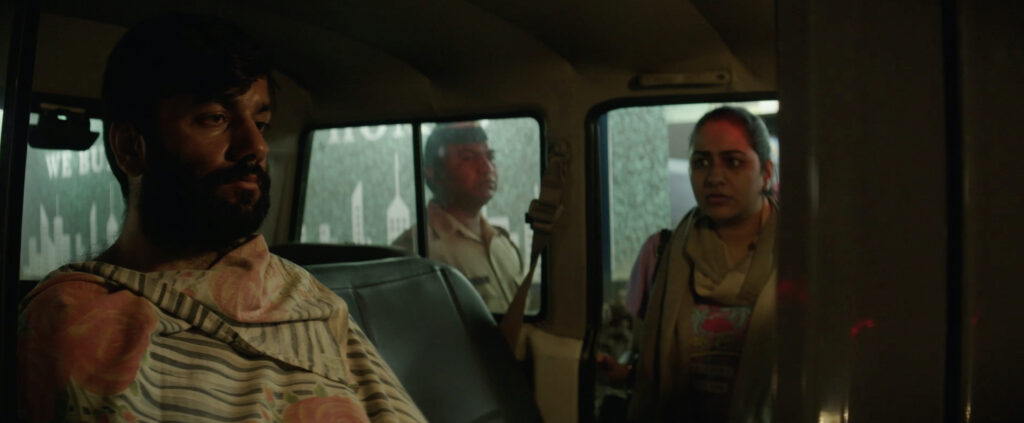
Body features a key scene where Manoj is bullied by his friends during an early morning swim, captured in a long take. Could you talk about how you planned and executed this shot?
We had an extensive read-through of the script for Body, and we spent a good amount of time doing a detailed breakdown of the scenes. This particular scene in the film sets up the narrative and also introduces us to the larger visual grammar of the film. We discussed how we could construct this scene in a way that doesn’t make it too obvious that it’s a bullying scene, while also creating a contrast between the pristine nature of the setting and the unsavoury act of bullying.
As the scene unfolds, Manoj’s emotional response moves from being violated, then humiliated, then made fun of and eventually left alone. These were the four main transitions happening within the scene. The director, Abhijit Mazumdar, and I shared the same feeling about the temporal quality of the scene. Cutting it would have prevented it from building gradually, which we could achieve in a single take. That realization led us to the decision to use a 360-degree pan. We designed the pan in such a way that we could block the action so that the audience would be made to feel the transitions in Manoj’s character without punctuating the actions or the responses of the other characters. This approach would help the audience reflect on the moment rather than participate in it.
One of the striking aspects of Sabar Bonda is its use of long takes, which beautifully capture the sereneness of the village while also reflecting the protagonist’s inner turmoil. Could you talk about your approach to balancing these elements visually?
The story of Sabar Bonda emerged from the director, Rohan Kanawade’s deeply personal experience of coming out to his family, the loss of his father and his desire to have a companion during that period. This became the driving force for us to develop a visual language for the film. Rohan had worked extensively on the idea and the script before we went into pre-production. As an interior designer, Rohan could storyboard, and he had storyboarded pretty much the entire film. In a way, I had to balance the visual approach he had in his storyboarding with the actual process of transforming that into a cinematic language. This needed us to make use of light, composition, color and movement, or the lack of it, to evoke the very quiet interior experiences of the principal character in the film and the world around him. The long takes needed a visual world that was rooted, evocative and reflective of the subtle movements in the story. Since we shot at Rohan’s native village, Anand, the principal character, was in a familiar space but navigating through it with an unfamiliar emotion. These were the kind of small details that we were trying to bring out. If it hadn’t been for the way we chose the temporal quality of the shots and constantly imagined the character in the space, the film wouldn’t have evoked as strongly as it does now.
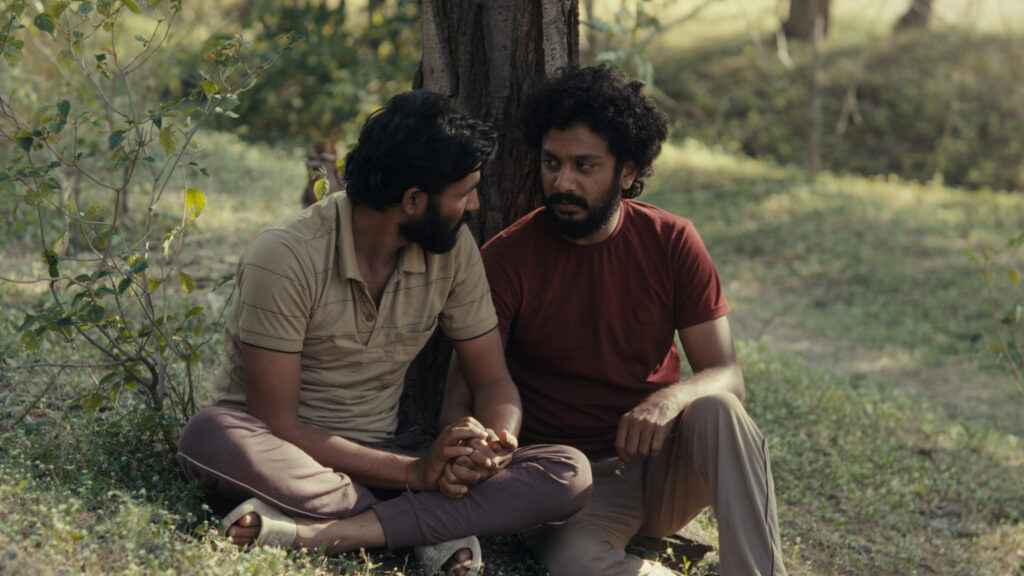
Finally, reflecting on your career, what advice would you give to emerging cinematographers looking to find their unique voice in a rapidly changing industry?
It’s a bit early for me to be giving advice. I’ve just started my career, and it hasn’t been too long. But given the kind of films I’ve chosen to work on, and how they’ve turned out, I would suggest that one should attempt to make images that can affect the viewer. That doesn’t mean you only have to do one kind of ‘cinema’. What matters most is the genuineness with which filmmakers approach their craft and the thought or the space from which their ideas emerge. After all, cinematography, by and large, doesn’t exist in isolation. It exists only in collaboration with your creative partners in the making of a film.


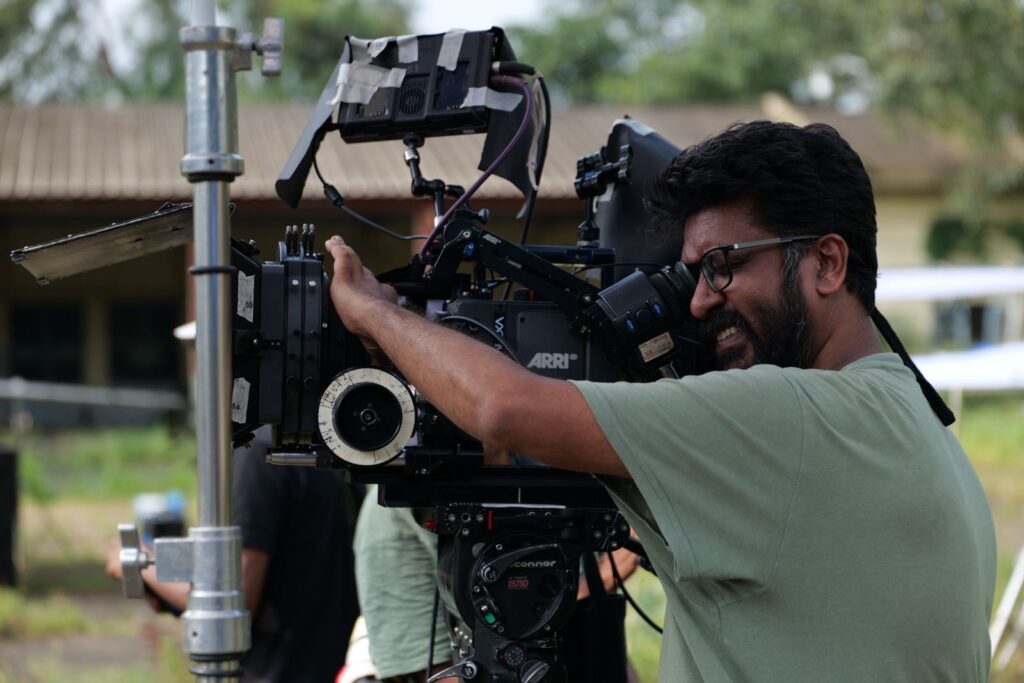
Mr Vikas urs young and thoroughly understood what he wants to do.He is very energetic and extensively studied the making of film.We wish him all the success in his endeavours.
We are family friends of his family.